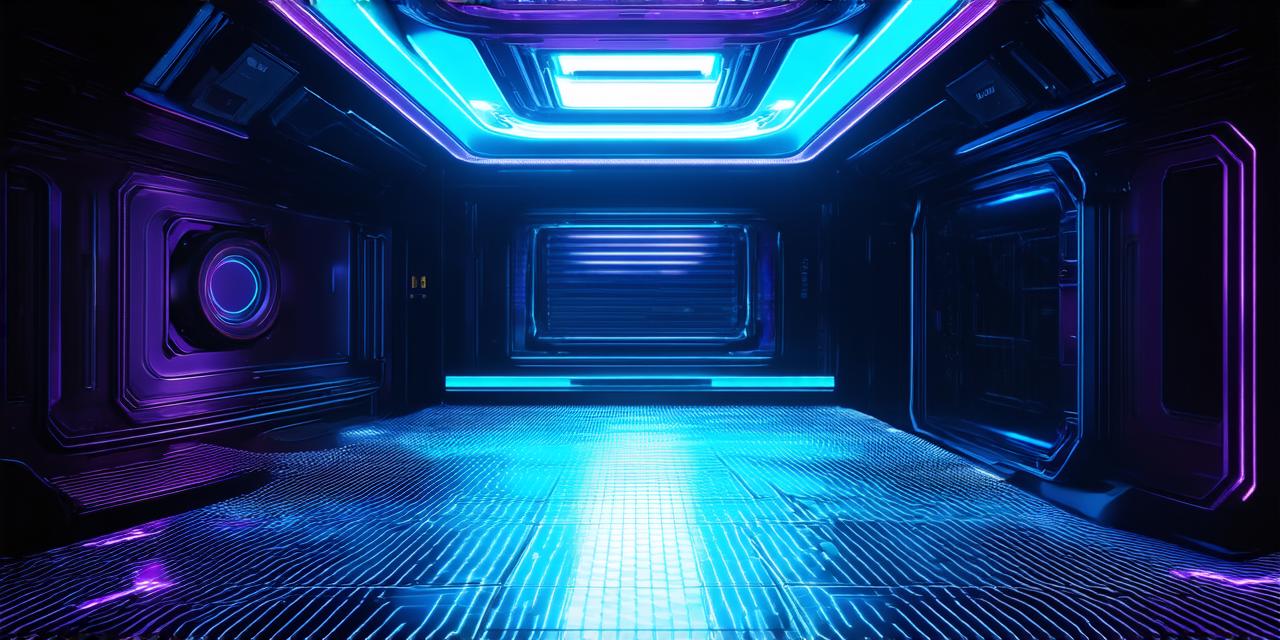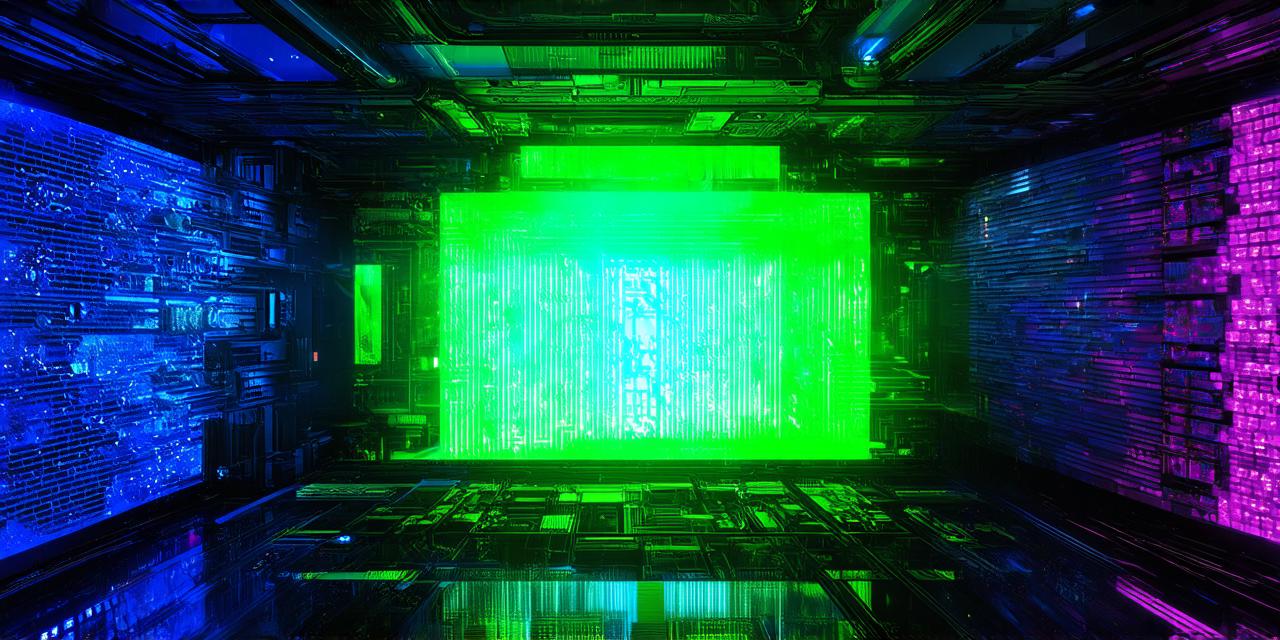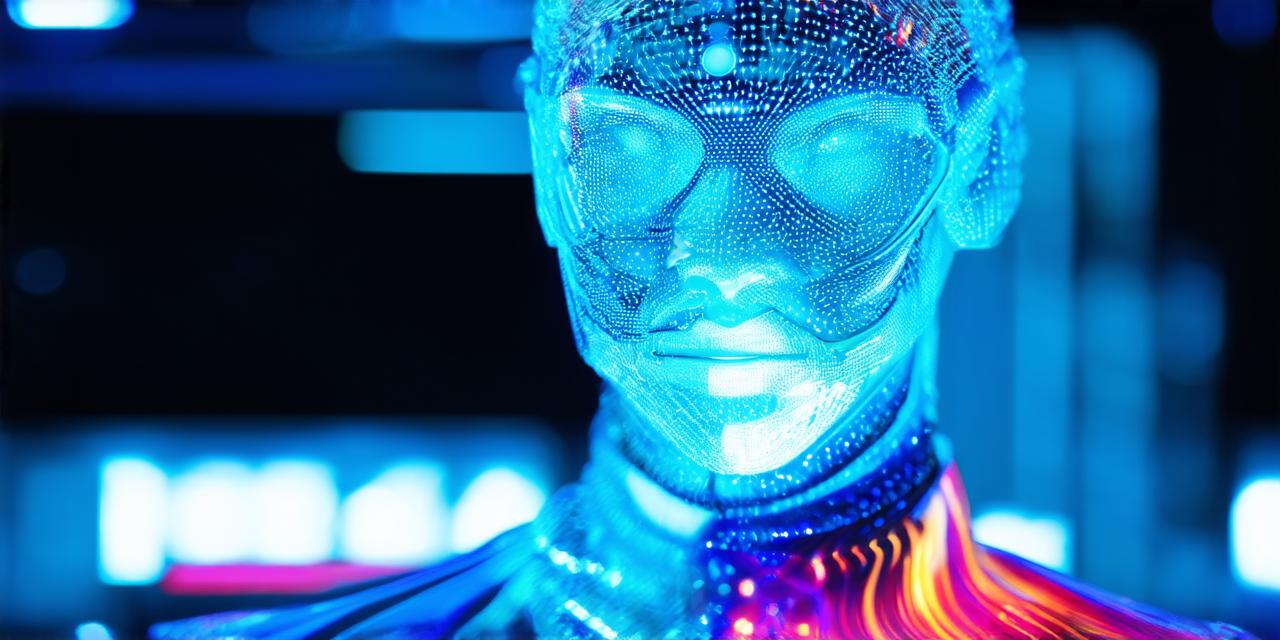Mixed reality (MR) is a rapidly growing technology that combines physical and digital elements to create an immersive, interactive experience for users.
What is Mixed Reality?
Mixed reality is a technology that overlays digital content onto the real world. It combines physical and digital elements to create an immersive, interactive experience for users. MR can be experienced through a variety of devices, including smartphones, tablets, headsets, and other wearable technologies.
Types of Mixed Reality
There are several types of mixed reality, each with its own unique features and capabilities. Some of the most common types include:
- Augmented Reality (AR) – AR is the simplest form of MR and involves adding digital content to the real world. This can be done through a smartphone or tablet app that uses the camera to overlay digital objects onto the physical environment.
- Virtual Reality (VR) with Mixed Reality – VR is a fully immersive technology that creates a virtual environment for users. When combined with MR, it allows users to interact with both the real and virtual worlds.
- Hybrid Reality – Hybrid reality combines elements of both AR and VR to create an experience that blurs the line between the real and digital worlds.
Benefits of Mixed Reality
Mixed reality has several benefits, including:
- Improved user engagement – MR can make content more engaging by adding interactive elements and creating a more immersive experience.
- Enhanced collaboration – MR can facilitate collaboration between teams working in different physical locations by allowing them to interact with each other in a virtual environment.
- Increased efficiency – MR can streamline processes by providing real-time information and enabling users to make more informed decisions.
- Improved training and education – MR can be used to create realistic simulations that allow users to practice skills in a safe and controlled environment.
Examples of Mixed Reality Applications
Mixed reality has a wide range of applications across various industries, including:
- Retail – MR can be used to create virtual try-on experiences for products like clothing and makeup, allowing customers to see how they would look before making a purchase.
- Healthcare – MR can be used to train medical professionals in procedures like surgery, or to create simulations of patient scenarios to practice skills.
- Automotive – MR can be used to design and test new car models in a virtual environment, reducing the need for physical prototypes.
- Real Estate – MR can be used to give buyers and sellers a more immersive experience when viewing properties, allowing them to see what a property would look like in real life.
Conclusion
Mixed reality is a rapidly growing technology that has the potential to revolutionize many industries. It combines physical and digital elements to create an immersive, interactive experience for users. While there are still some challenges to overcome, such as improving hardware and software capabilities, the benefits of MR make it a promising technology for the future.



